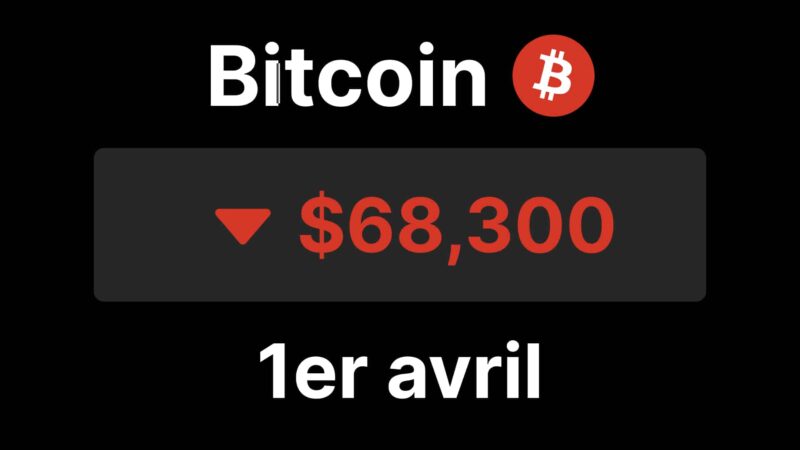|
Getting your Trinity Audio player ready...
|
The Beacon Chain experienced technical issues last week that caused it to stop finalizing blocks on two separate occasions. The Beacon Chain serves as the consensus layer for the Ethereum network, and the incidents occurred on May 11th and 12th when over 60% of the validators stopped performing their duties. This caused a loss in Finality, which refers to the state where a supermajority of validators attested to the final state of the blockchain, guaranteeing that a block and its processed transactions cannot be modified or eliminated from the blockchain. During the incidents, blocks were proposed, but they were not validated during a 25-minute window.
Loss in Finality
Glassnode reported that nearly 60% of validators were offline and absent from carrying out their consensus responsibilities. Around 3.68% of daily slots were missed, and 253 blocks were not proposed on time. Some consensus layer clients encountered older attestations and were forced to load up older states for verification while trying to handle new incoming transactions simultaneously. This caused these systems to ‘overheat and malfunction.’
Not all clients were affected, but the affected validators in both cases came back online within 20 minutes and an hour, respectively. The participation rate climbed back to over 98%. During the two losses in Finality, no end-users on the Ethereum mainnet were impacted, and they were able to transact on the network owing to client diversity. However, the second incident resulted in the first-ever Inactivity Leak, an emergency state utilized to recover Finality on the Beacon Chain.
Aftermath
Patches for Prysm Labs and Teku clients were released in response to the issue by the developers of the Ethereum core. An Ethereum consultant stated that the issue with Finality ‘appears to have been caused by high load on some of the Consensus Layers clients, which in turn was caused by an exceptional scenario.’ The two clients released upgrades that implement optimizations to protect against beacon nodes from consuming excessive resources. The finality issues occurred after increased activity and staking rewards rates on Ethereum due to the memecoin resurgence, which triggered a massive jump in gas consumption on the network, with fees hitting a 12-month high.
On a more technical level, Glassnode noted that some consensus layer clients encountered older attestations and were forced to load up older states for verification while trying to handle new incoming transactions simultaneously, which caused these systems to ‘overheat and malfunction.’
A tweet by Glassnode provides some insight into the technical aspects of the issue.




